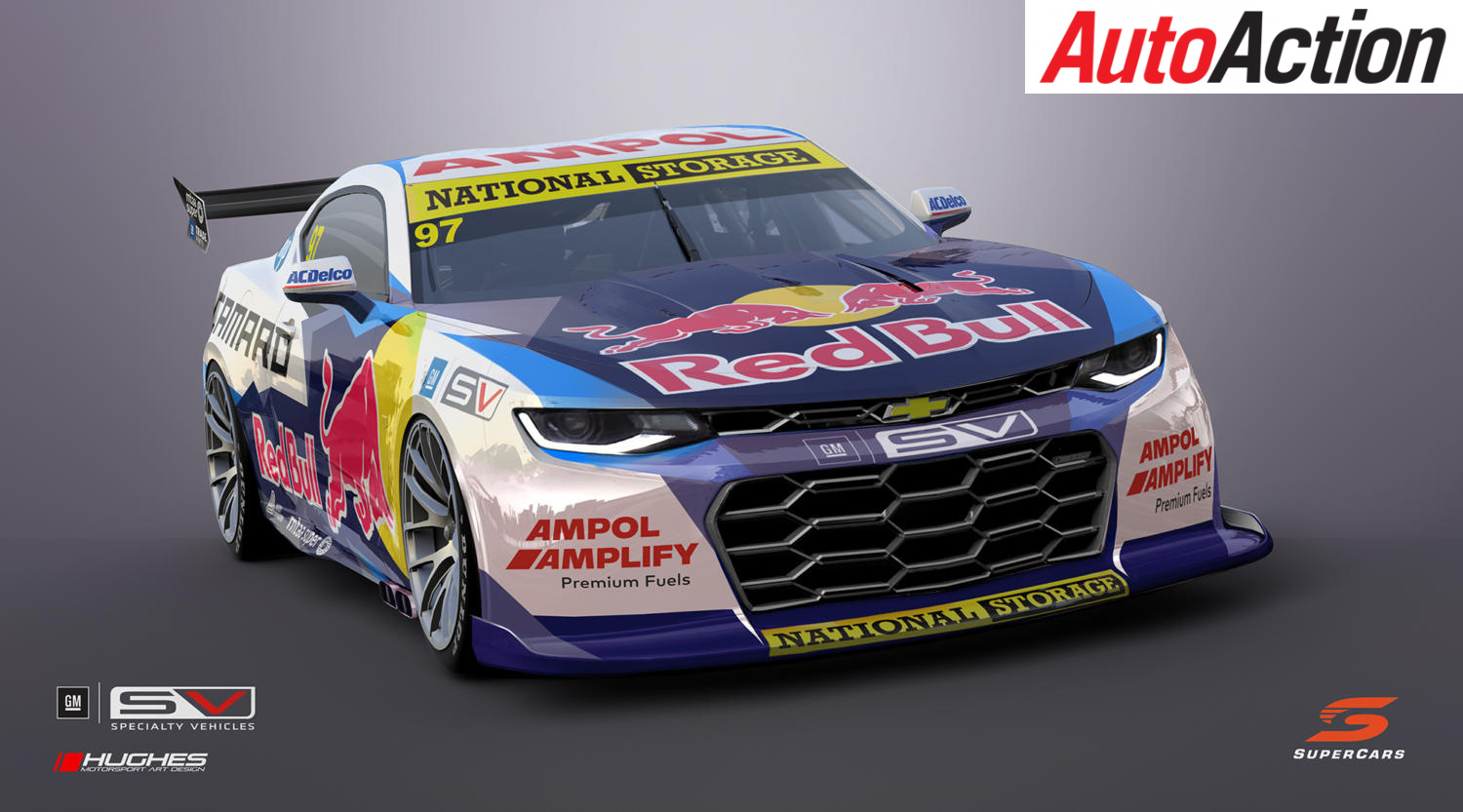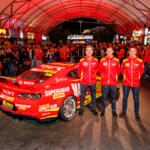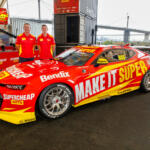ROAD CAR DNA MOST EVER SEEN ON A SUPERCAR

Supercars head of motorsport Adrian Burgess has declared Gen3 will feature the most road car DNA ever seen before in Supercars as the two prototypes representing the Ford Mustang and Chevrolet Camaro continue development.
Burgess detailed the two models still require permission from the manufacturers before being displayed, but is impressed by the results he has viewed so far.
“For me they look sensational,” said Burgess.
“We’re not quite ready to put them on view yet. Both the manufacturers need to give us permission to do that, but they will carry far more road car DNA than we’ve ever seen on a Supercar before.
“I don’t think anyone’s going to be disappointed when they see them.”
He cautioned though to not expect the Mustang and Camaro to match the renderings revealed by Supercars at Bathurst last year when it was formally unveiled.
“I wouldn’t want to compare them to the renderings, the renderings were done very early in the piece,” Burgess explained. “We allowed both manufacturers to go further down the road of incorporating as much road car DNA into the styling of the cars.”
Burgess did reveal the two Gen3 models were close to being revealed, but work still needed to be completed in key areas.
“The outer skin of the cars is both pretty well locked in now,” he confirmed.
“We’re just finishing some cooling work and making sure that both cars have got the right level of cooling for these engines.
“Obviously, these modern, architecture engines with alloy blocks as opposed to a cast iron block, the cooling requirement is far greater than an iron block.
“We’re just making sure we’ve got the right radiator ducts and core sizes. But the position of the radiator and position of the rad boxes, that’s all been locked in.
“We’re just making sure we’ve got parity, at least in CFD (Computer Fluid Dynamics), before we go to the runway and do a VCAT.”
Elaborating on the parity testing component, Burgess said Supercars now follows a successful formula through its VCAT testing and parity will be achieved in Gen3.
“All our work we’ve done at the last couple of VCATs, no one even mentions the P word anymore, which is quite satisfying,” he said. “We believe that we won’t have a problem with getting both cars balanced and at the right drag-and-downforce that we’re looking for.
“We’re just going through tests, making sure that we’ve got enough tunability to be able to paratise them.”
For more of the latest Supercars news pick up the current issue of Auto Action. Also make sure you follow us on social media Facebook, Twitter, Instagram or our weekly email newsletter for all the latest updates between issues.





